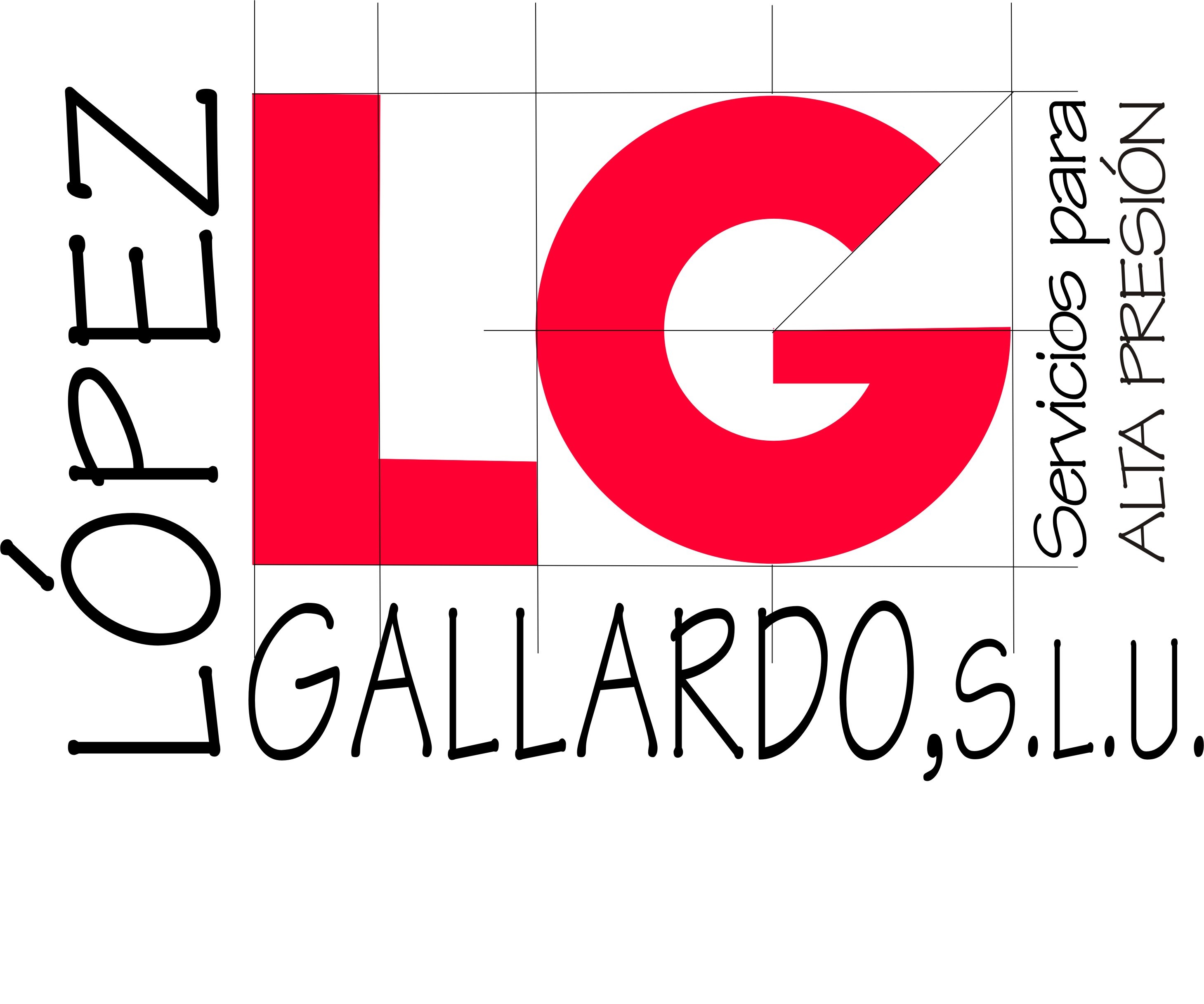MouseMingle profiles
Allow me to inform about 12 methods for managing Cattle Easily & Safely
Listed below are 12 recommendations from animal scientist and handling Ron Lemenager that is expert of University. He’s additionally a rancher, so he’s placed these pointers to apply.
1. Reduce shadows, color contrasts, and noise. Cattle would you like to fly if they can’t see what’s ahead. Shadows and odd color patterns may confuse and prevent them. Once you arranged a working chute, look at the sun perspectives and light sources. Reduce shadows by placing solid edges on chutes and audience pencils. Synthetic light directly overhead will create less shadows. Cattle additionally balk at noises from hanging chains or rattling mind gates, Lemenager claims.
2. Understand that once you work cattle within an open pen or pasture paddock, their blind spot is straight behind. They won’t respond to your commands or supply signals after that. Work to your relative part, about 30° to 35° away from right behind. This can be point of stability from where cattle are more inclined to answer your signals.
3. Have actually at the least two keeping pencils with a gate you easily sort cows from calves between them that lets.
4. Learn through to securing mind gate designs: right throat pubs, curved pubs, scissors, and opening that is full. There was also a saloon-door design that is swinging. All could work and all sorts of have actually drawbacks, claims Lemenager. Exactly just What he feels strongest about is having the one that firmly locks the pubs on an animal’s neck. It must be a good engagement latch with notch locks that can’t slide.
5. Include a bar that is brisket cow palpation gate, and palpation cage security for preg checks. The brisket club keeps her from heading down on the front side knees. a part home is vital to obtain within the chute behind her. You should be protected from being inundated by the next cow in line behind.
6. Prevent turning by simply making working that is sure and chutes are ideally 18 ins wide for calves and 30 ins for cows. Walls must be 5 legs high and sturdy adequate to include your biggest cows.
7. Think about a Bud Box to help keep cattle from returning in the way from where they came. To make use of this, some producers have actually built a keeping pen, often known as a Bud Box, leading right into a chute that is working. The container is 12Г—20 foot. The entry gate is beside the chute entry. You put cattle into the package, and because they you will need to return back through similar gate they joined, they funnel in to the chute. It requires benefit of their instincts that are natural.
8. Make calving that is sure have enough space to move a calf jack. Jacks are long (for leverage) and cumbersome. Create some wide areas or part panels that effortlessly go on to enable the jack.
9. Offer some traction to concrete floors of chutes and working pencils. Lemenager claims even a serious broom finish to concrete isn’t sufficient. If you’re stuck having a smooth flooring, take to bolting timber strips or rebar into the flooring, with openings wide sufficient for his or her foot.
10. Put gates when you look at the direction you desire cattle to go in a paddock. He likes alleyways to get in touch  pastures and paddocks. If you’re often going cattle in a direction that is northerly alleyways, place the gates when you look at the north corners of paddocks. Going can be routine for them.
pastures and paddocks. If you’re often going cattle in a direction that is northerly alleyways, place the gates when you look at the north corners of paddocks. Going can be routine for them.
11. Make gates into paddocks 16 foot wide, maybe not 12. Make alleyways 20 to 30 foot wide.
12. Make it easy getting a glass or two. On his own farm, Lemenager had 25 cow-calf pairs consuming from the two-bowl automated drinker. Cows would simply simply simply take turns and head back to then graze prior to the calves could take in.

